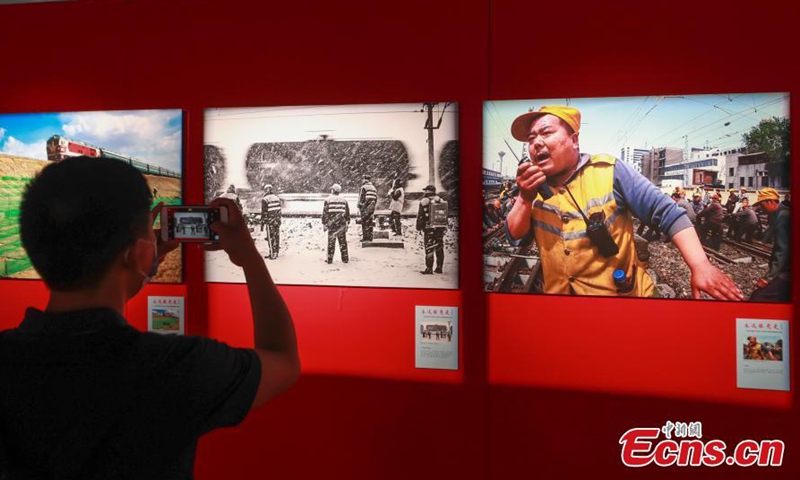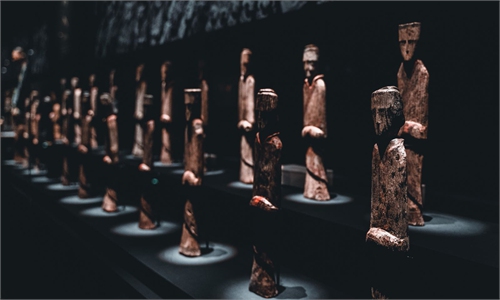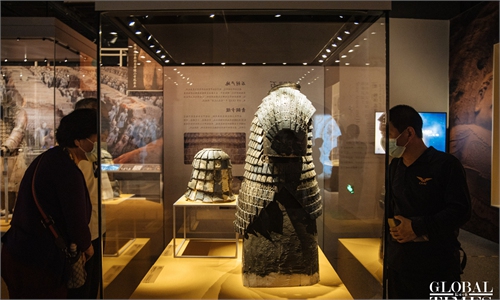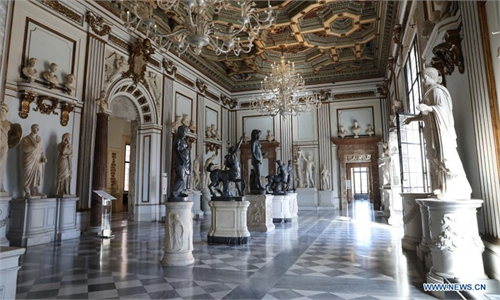
A visitor takes photos at the National Railway Photography Exhibition held in China Railway Museum, Beijing, June 8, 2021. Photo: China News Service
The central government on Tuesday introduced new regulations for management of artifacts in state-owned museums to ensure the legitimacy of the source of the items. Experts said some state-owned museums have achieved a world-class level and the country is ready to be a real “museum power” by 2035.The National Cultural Heritage Administration (NCHA) said in a statement that under the new regulations, state-owned museums will have to set up special departments to deal with collection plans, and the value of the collections will be posted online for public supervision.
“The regulations aim to improve the management of state-owned museums in China,” the NCHA said.
In 2015, the government stressed in its Museum Regulations that state-owned museums would be fined up to 20,000 yuan for getting items from unknown sources.
However, the new regulations set out more specific steps to standardize management in the museums.
“The new regulations can be seen as a brand-new move to improve the global competitiveness of state-owned museums, in order to build our country into a museum power by 2035,” Zhang Yiwu, professor of cultural studies at Peking University told the Global Times on Wednesday, “I believe more measures are coming that will improve the development of the museums, such as enhancing creativity and holding temporary exhibitions.”
The number of collections in Chinese museums exceeded 30 million in 2013, according to media reports. And the number of state-owned museums reached 5,788 in 2020, the NCHA said in May.
“Museums have developed well in China,” said Zhang. “China continues to invest huge amounts of capital and energy into the development of state-owned museums.”
Meanwhile, the growth of private museums has been less notable. Although the number of private museums has also increased, observers say that they far less competitive than state-owned ones due to a lack of standardized management and maintenance.
In 2016, a curator at a private museum in Northwest China’s Shaanxi Province was charged by local police with knowingly buying items from “tomb raiders” who had acquired them illegally.
“Private museums have been ignored for a long time by the Chinese government,” Zhang said. “The cultural department needs to include them in the long-term scheme for Chinese museum development.”
On May 25, the State Council proposed that the country should become a “museum power” in the world by 2035 through improving the social functions of state-owned museums.



